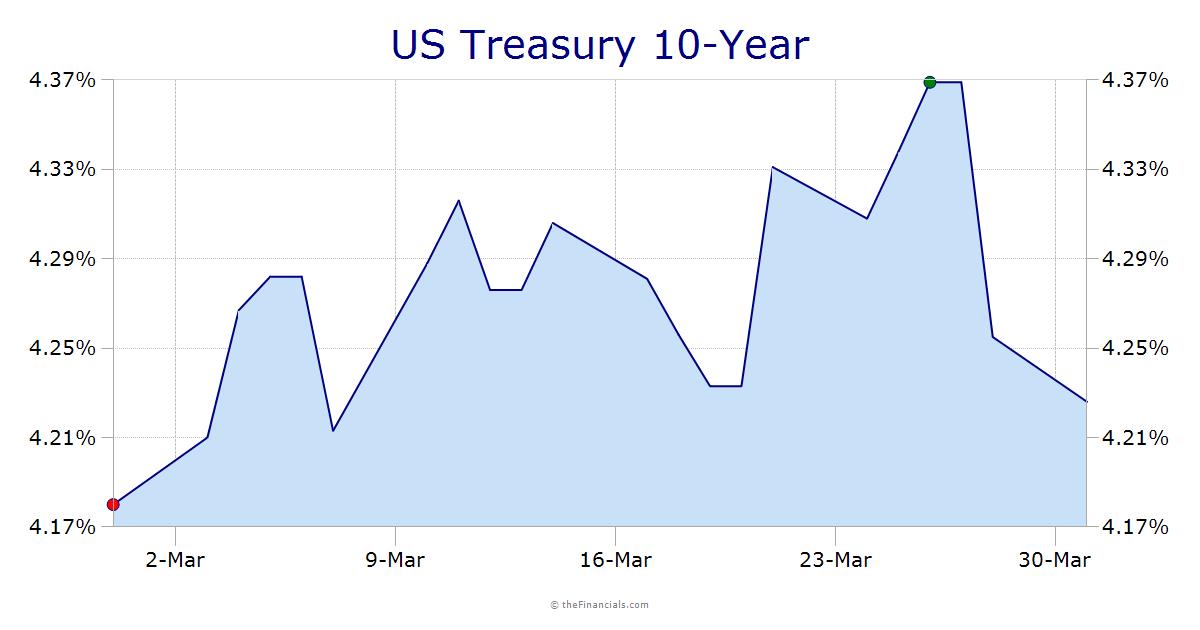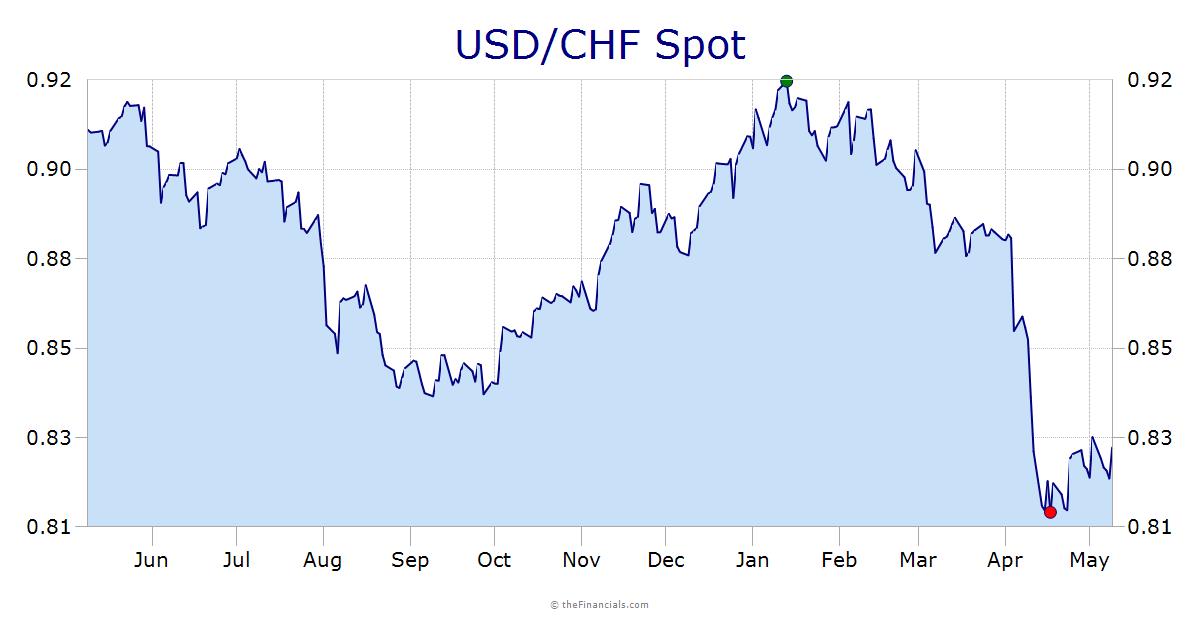- To forecast a set of cash flows, find the present value of those cash inflows, and make the investment only if the PV of the cash inflows exceeds the investment’s cost.
- The amount of money set aside for the purchase of fixed assets (e.g., equipment, buildings, etc.)
- A request for authorization to purchase new fixed assets.
- Decision of Replacement or needed to continue current operations.
- Decision of expansion of existing products or markets.
- Merger analysis.
2. Internal rate of return
3. Net present value
4. Profitability index
Advantages
- The first is its simplicity.
- Using the payback method and reducing the evaluation to a simple number of years is an easily understood concept.
- Easily to identify projects that provide the fastest return on investment to recover their money as quickly as possible.
- Managers use the payback method to make quick evaluations of projects with small investment.
Disadvantages
- The payback method ignores the time value of money. The cash inflows from a project may be irregular, with most of the return not occurring until well into the future.
- A project could have an acceptable rate of return but still not meet the company's required minimum payback period.
- The payback model does not consider cash inflows from a project that may occur after the initial investment has been recovered.
- the payback method focuses on short-term profitability, an attractive project could be overlooked if the payback period is the only consideration.
- By Trial and Error ,We could use a trial-and-error procedure,to try a discount rate; see if the equation solves to zero; and if it doesn’t, try a different rate. We could continue until we found the rate that forces the NPV to zero.
Using Excel
Acceptance Criterion
is rejected. If the required rate of return is 12 percent and the IRR method is employed, the investment proposal will be accepted.because IRR=14.489% > 12%, A project with an internal rate of return in excess of the required rate of return should result in an increase in the market price of the stock. This is because the firm accepts a project with a return greater than that required to maintain the present market price per share.
- Independent projects: If IRR exceeds the project’s WACC, accept the project. If IRR is less than the project’s WACC, reject it.
- Mutually exclusive projects(Consideration of two or more assets that perform the same function. If one is chosen for purchase, the others are automatically rejected.). Accept the project with the highest IRR, provided that IRR is greater than WACC. Reject all projects if the best IRR does not exceed WACC.
Formula
CFo = Initial Investment(Cash outlay or Cash out flow) which is always negative
CF1= Cash inflow in year 1
CF2= Cash inflow in year 2
CFn= Cash inflow in year n
r= discount rate or opportunity cost of capital or required rate of return
Steps to calculate
- Find the present value of all cash inflows, discounted at the project’s cost of capital.
- Sum these Present Value or discounted cash flows
- To find the project’s NPV.= Sum of these Present Value minus Initial Investment(Cash outlay)
- If the NPV is positive, the project should be accepted, if the NPV is negative, it should be rejected. If two projects with positive NPVs are mutually exclusive, the one with the higher NPV should be chosen.
Example:
Project S have initial investment $1000 which expected to generate cash inflow for 4 years, year 1=$500,year2=$400,year3=$300,year4= $100. this project have cost of capital 10%.Calculate NPV of the project S?
Answer:
Method 1
we plug those number into the formula
= - $1000 + 500/(1.10)^1 +400/(1.10)^2+300/(1.10)^3+100/(1.10)^4
=> NPV =$78.82
Method 2
Using Excel
The formula in Cell B5 is: NPV(B2,C4:F4), and it results in a value of $78.82.
Acceptance Criterion
- The decision rule is to accept projects that have a positive NPV, and reject projects with a negative NPV.
- The only drawback to NPV is that it relies on cash flow and discount rate values that are often estimates and so not certain, A project with NPV = $78.82 implies that the total shareholder wealth of the firm will increase by $78.82 if the project is accepted.
a) NPV vs IRR: Independent projects
Independent projects: are projects whose cash flows are not affected by one another. both NPV and IRR lead to the same accept/reject decisions.
- If cash flows of project S are discounted at cost of capital (r),example from 0% to 14.5% , NPV is positive up to (r) equal IRR=14.5% that make the project S NPV=0 => accept the project.
- The project S will be rejected when the cost of capital (r) > IRR ,because it also make the NPV negative. example in the graph if (r) = 15% > IRR=14.5% ,its NPV is ($8.33)
- If cash flows of project L are discounted at cost of capital (r),example from 0% to 11.8% , NPV is positive up to (r) equal IRR=11.8% that make the project L NPV=0 => accept the project.
- The project L will be rejected when the cost of capital (r) > IRR ,because it also make the NPV negative. example in the graph if (r) = 13% > IRR=11.8% ,its NPV is ($31.35)
The profitability index(PI) is the present value of cash inflows relative to the project cost. It is a benefit/cost ratio, providing a measure of the relative profitability of a project. The profitability index decision rule is to accept projects with a PI greater than one, and to reject projects with a PI less than one.
Formula:
PI = 1 + (NPV/Initial investment)
Acceptance Criterion
- If the NPV is positive, the project is acceptable and the PI is more than 1
- If the NPV is negative,the project is rejected and the PI is less than 1


















0 comments:
Post a Comment